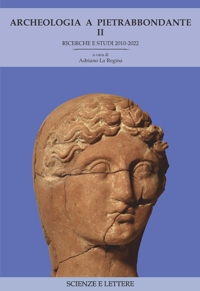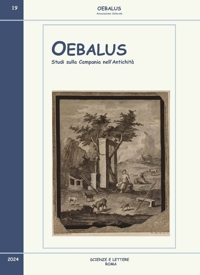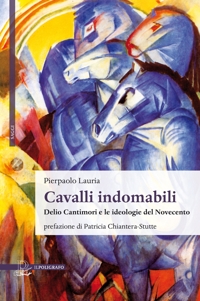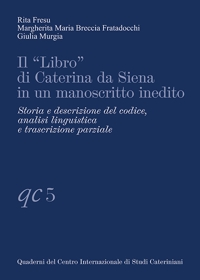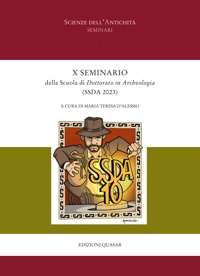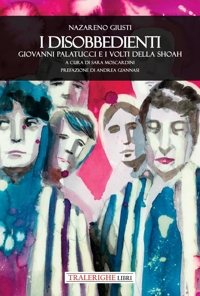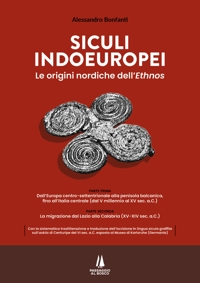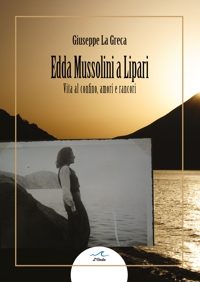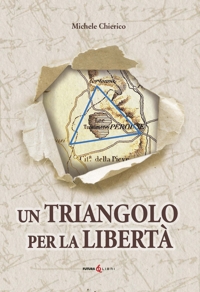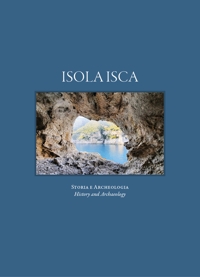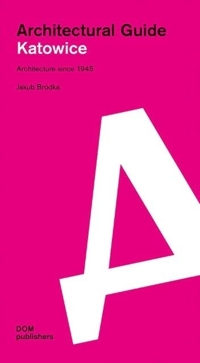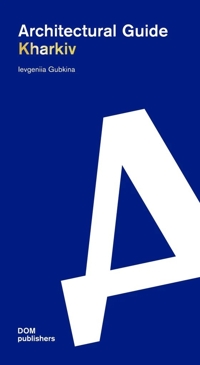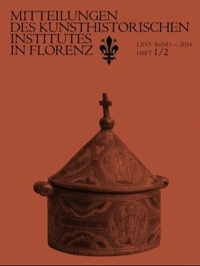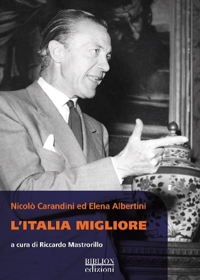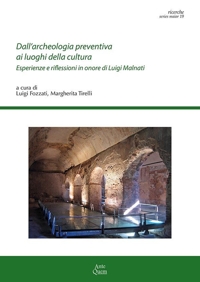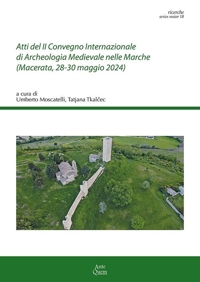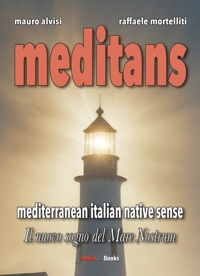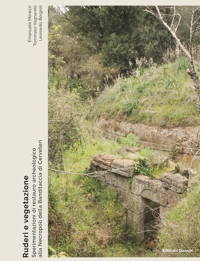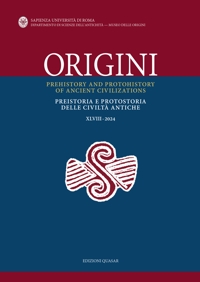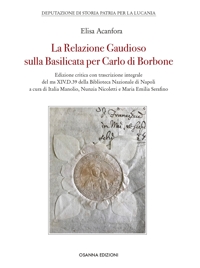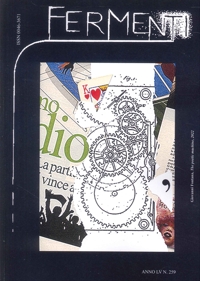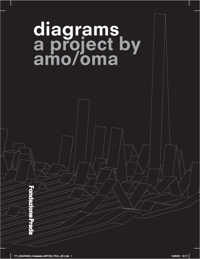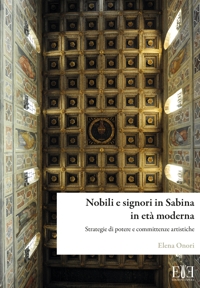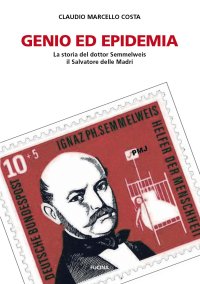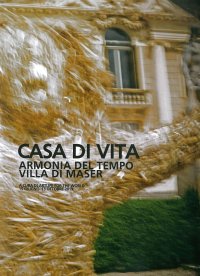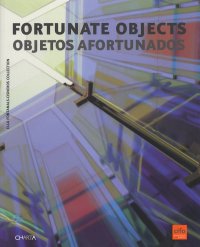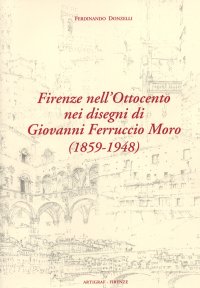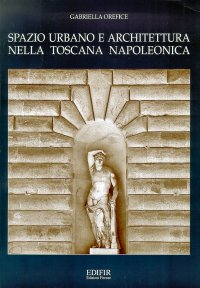Felice Palma. Massa 1583-1625. Collezione / Collection.
Texts by Andrei Cristina, Ciarlo Nicola, Federici Fabrizio, Claudio Casini and Sara Ragni.
Italian and English Text.
Pontedera, 2024; bound in a case, pp. 289, b/w and col. ill., b/w and col. plates, cm 24,5x34.
(L'Oro Bianco. Straordinari Dimenticati. The White Gold Forgotten Masters).
cover price: € 160.00
|
Books included in the offer:
Felice Palma. Massa 1583-1625. Collezione / Collection.
Texts by Andrei Cristina, Ciarlo Nicola, Federici Fabrizio, Claudio Casini and Sara Ragni.
Italian and English Text.
Pontedera, 2024; bound in a case, pp. 289, b/w and col. ill., b/w and col. plates, cm 24,5x34.
(L'Oro Bianco. Straordinari Dimenticati. The White Gold Forgotten Masters).
FREE (cover price: € 160.00)
Le botteghe del marmo
Italian and English Text.
Ospedaletto, 1992; bound, pp. 153, 10 b/w ill., 60 col. ill., cm 24x29.
(Immagine).
FREE (cover price: € 34.49)
Museo Stefano Bardini. I Bronzetti e gli Oggetti d'Uso in Bronzo
Edited by Nesi A.
Firenze, 2009; paperback, pp. 191, 102 b/w ill., 7 col. ill., cm 17x24,5.
(Museo Stefano Bardini).
FREE (cover price: € 30.00)
Bronzetti e Rilievi dal XV al XVIII Secolo
Bologna, 2015; 2 vols., bound in a case, pp. 729, ill., col. plates, cm 21,5x30,5.
FREE (cover price: € 90.00)
Tintoretto. The Crucifixion in the Scuola Grande di San Rocco in Venice
Manno Antonio
Marsilio
Venezia, 2013; paperback, pp. 32, ill., cm 13x17.
(Guide. I Musei).
series: Guide. I Musei
Other editions available: Edizione Italiana (ISBN: 88-317-1758-8).
ISBN: 88-317-1759-6 - EAN13: 9788831717595
Subject: Essays (Art or Architecture),Monographs (Painting and Drawing),Painting,Travel's Culture
Period: 1400-1800 (XV-XVIII) Renaissance
Places: Venetian,Venice
Languages: 
Weight: 0.102 kg
At the same time the Scuola Grande, by this time Venice's most importanti institution in the field of public assistance and charity, needed a manifesto, that is to say an icon of sure effectthat would clearly express its convictions and objectives, i.e. the reason for its existence. Thus Tintoretto had to interpret the intentions of the confraternity, which wanted the painter to create a setting of intense spirituality, the atmosphere of a holy place.
To attain this result he decided to represent the religious beliefs and charitable impulses of the institution, inserting a work of strong symbolic value, i.e. the Crucifixion, into the ceremonial route that led from the outer entrance up the monumental staircase to the Sala dell'Albergo. This was the route taken by the procession that made its way to and from the Campo di San Rocco, setting the dramatic death of Christ as the endpoint of the perspective that, through the marble portal, reached its conclusion in front of the painting.
Leonello Bertolucci € 15.20
€ 16.00 -5 %
Wirth Oswald € 14.25
€ 15.00 -5 %
Marco Cassini € 14.25
€ 15.00 -5 %






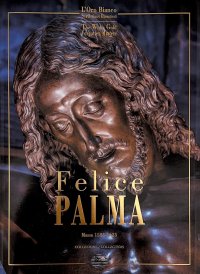

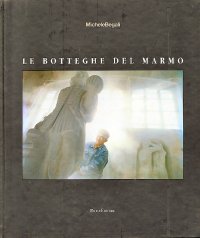
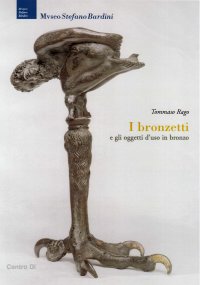
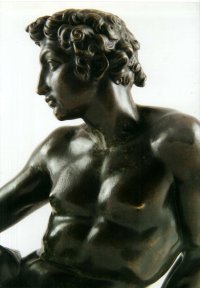
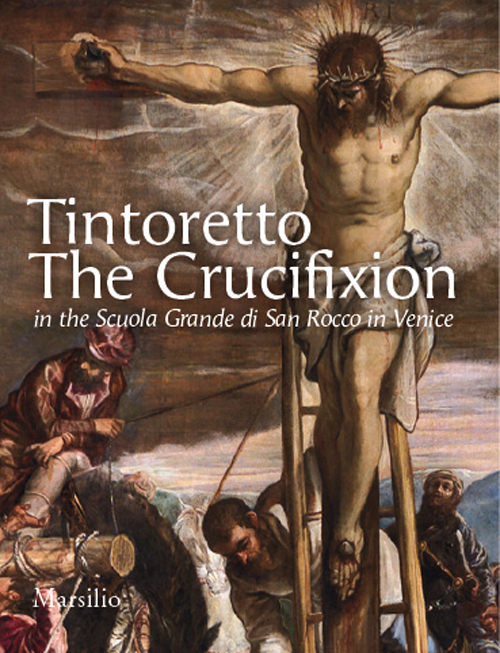
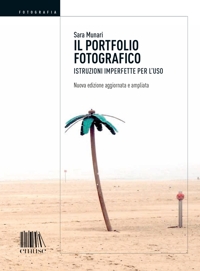
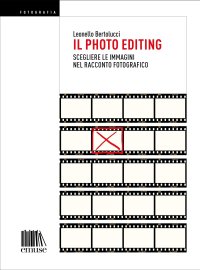
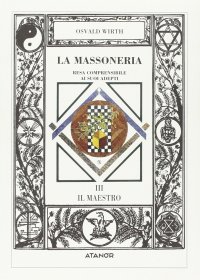
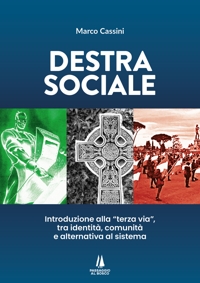
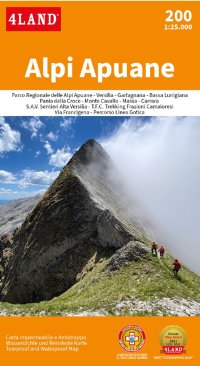
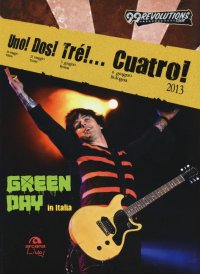
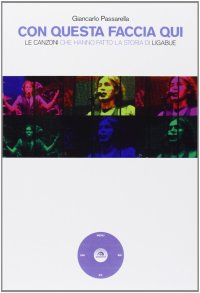
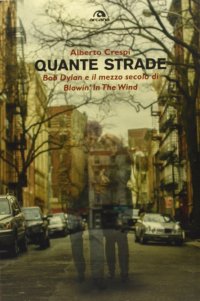
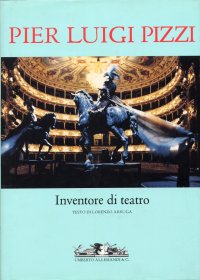
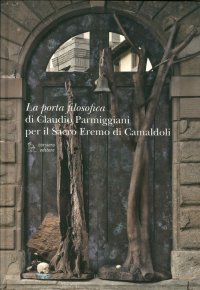
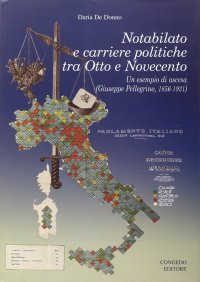


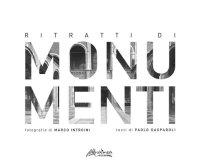
![Incantevole Puglia. Fra arte, storia e natura. [Edizione Italiana e Inglese]](https://immagini.libroco.it/copertine/IMMAGINI/3073/m-1536619.jpg)
